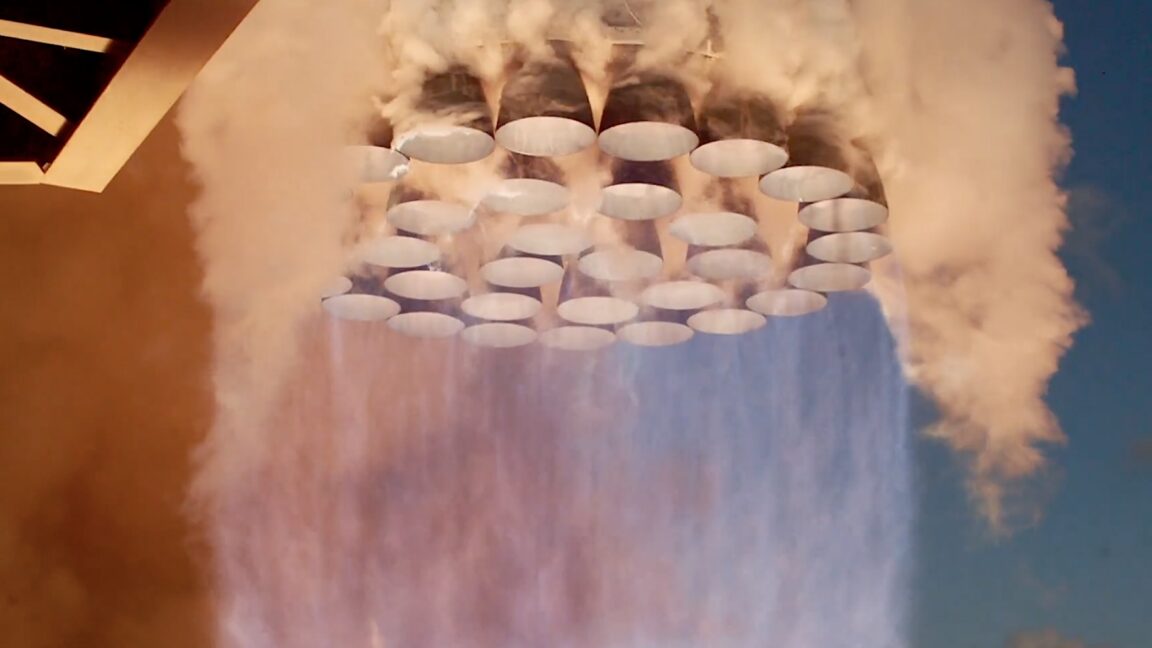
"SpaceX closed a troubled but instructive chapter in its Starship rocket program Monday with a near-perfect test flight that carried the stainless steel spacecraft halfway around the world from South Texas to the Indian Ocean. The rocket's 33 methane-fueled Raptor engines roared to life at 6:23 pm CDT (7:23 pm EDT; 23:23 UTC), throttling up to generate some 16.7 million pounds of thrust, by large measure more powerful than any rocket before Starship."
"From then on, the rocket executed its flight plan like clockwork. This was arguably SpaceX's most successful Starship test flight to date. The only flight with a similar claim occurred one year ago Monday, when the company caught the rocket's Super Heavy booster back at the launch pad after soaring to the uppermost fringes of the atmosphere. But that flight didn't accomplish as much in space."
SpaceX completed a near-perfect test flight of its second-generation Starship, propelling the stainless-steel spacecraft from South Texas toward the Indian Ocean. The 404-foot vehicle's 33 methane-fueled Raptor engines produced about 16.7 million pounds of thrust, marking the most powerful rocket performance to date. Flight objectives were met as the vehicle executed the planned climb and maneuvers. SpaceX did not attempt to recover the Super Heavy booster but guided it toward a precise splashdown and validated a new landing-burn sequence of 13, then five, then three engines. An early engine loss during descent did not affect mission success. Version 3 is slated for next year.
Read at Ars Technica
Unable to calculate read time
Collection
[
|
...
]